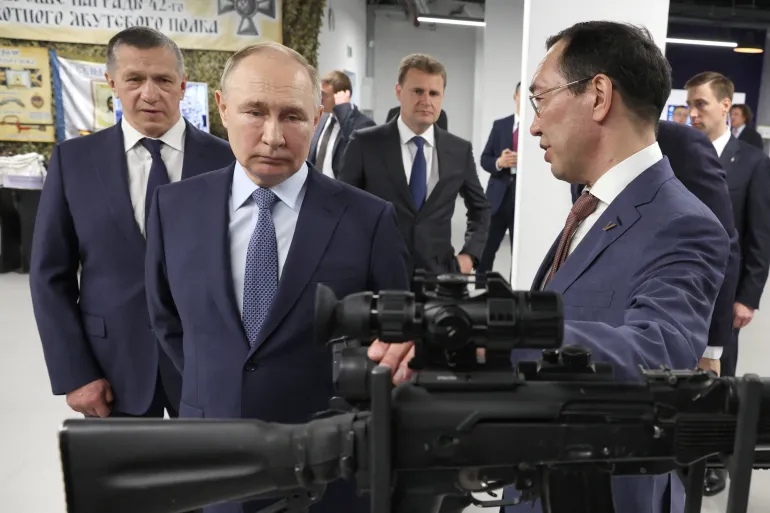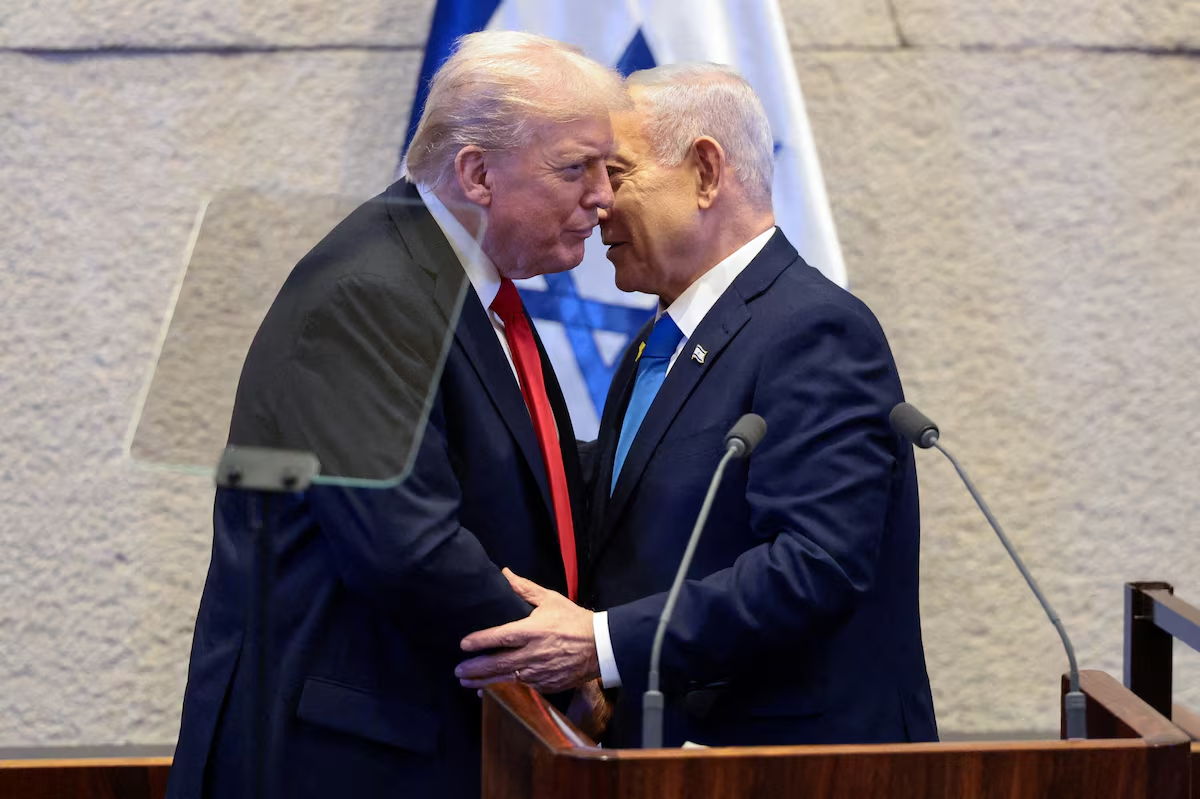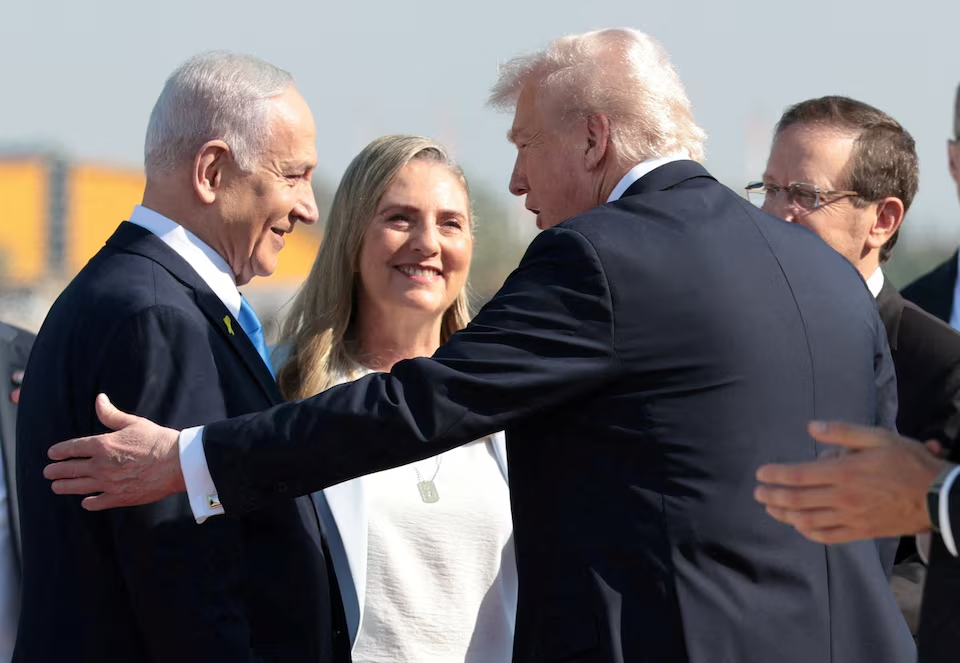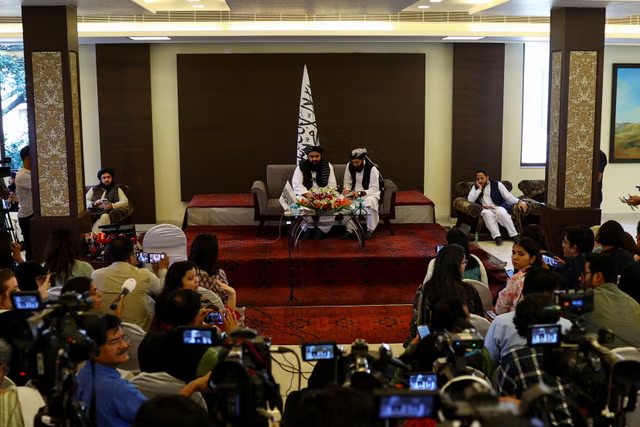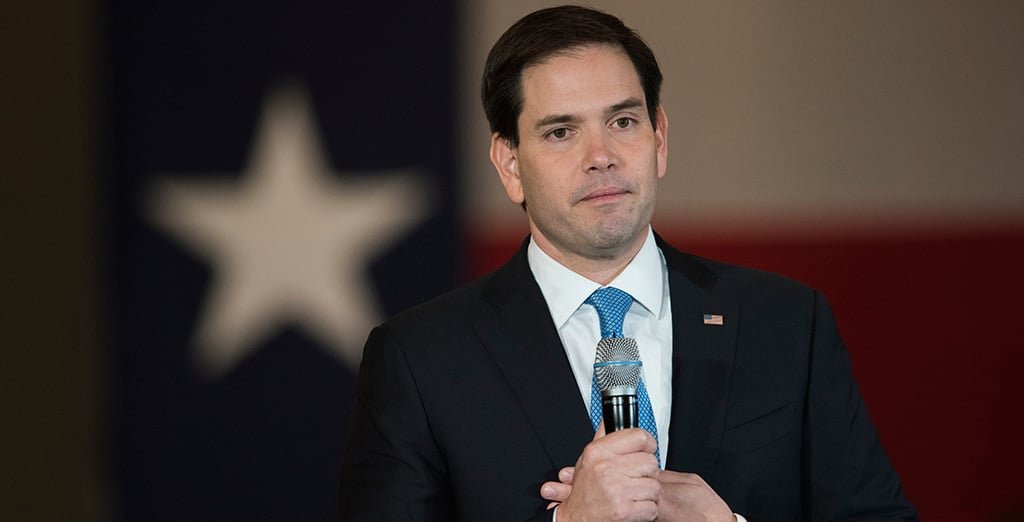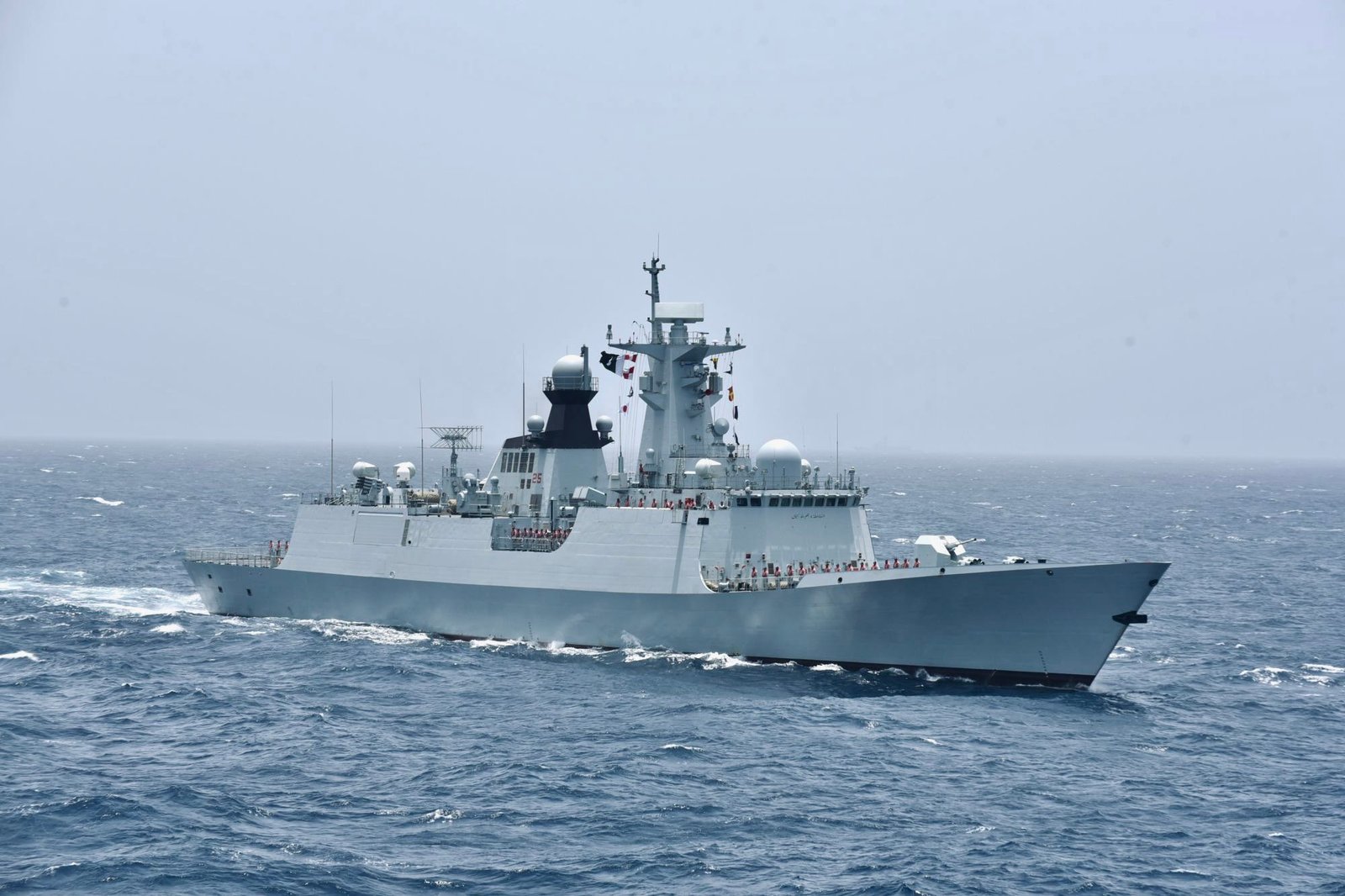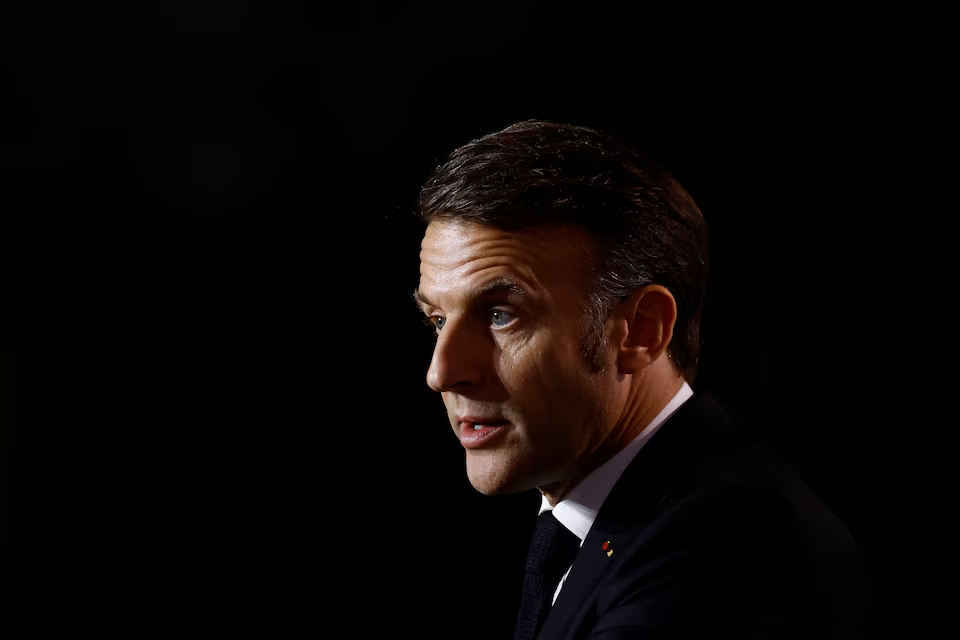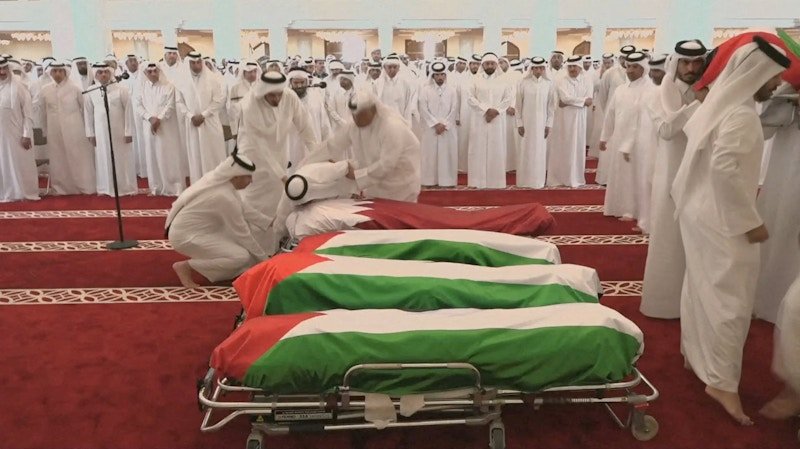Russia Surpasses NATO in Weapon Production Amid Ukraine War: New Research Reveals
A new study has revealed that Russia's defense industry has overtaken NATO countries in weapon production, marking a significant shift in global military power dynamics. According to the Stockholm International Peace Research Institute (SIPRI) annual report, Russia's leading defense companies generated more revenue last year than their counterparts in the United States and Europe, raising serious concerns among Western nations. The report highlights that Russia's top defense companies saw a 40% increase in revenue, while U.S. and European firms experienced much slower growth at 2.5% and 0.2%, respectively. This surge in Russia's defense production is largely attributed to the country's war-centric economic model, which has positioned its military sector far ahead of other industries in the global economy.
Russia Surpasses NATO in Weapon Production Amid Ukraine War: New Research Reveals
A new study has revealed that Russia's defense industry has overtaken NATO countries in weapon production, marking a significant shift in global military power dynamics. According to the Stockholm International Peace Research Institute (SIPRI) annual report, Russia's leading defense companies generated more revenue last year than their counterparts in the United States and Europe, raising serious concerns among Western nations.
The report highlights that Russia's top defense companies saw a 40% increase in revenue, while U.S. and European firms experienced much slower growth at 2.5% and 0.2%, respectively. This surge in Russia's defense production is largely attributed to the country's war-centric economic model, which has positioned its military sector far ahead of other industries in the global economy.
Russia’s Defense Sector Takes the Lead
SIPRI's findings emphasize that Russia's two largest defense firms—State Corporation Rostec and United Shipbuilding Corporation—have been able to significantly boost their production capabilities, despite facing restrictions on public financial disclosures and limited access to social media platforms. This rise in military output indicates that Russia has expanded its defense production capacity to a level that now surpasses NATO and the U.S., potentially reshaping the future of military engagements globally.
Skepticism Over Sustainability of War Economy
While Russia’s defense sector continues to thrive, experts have raised concerns over the sustainability of this war-driven economy. The massive focus on military production, while yielding short-term gains, may not be viable in the long term. Analysts fear that many of Russia's defense firms could face bankruptcy within the next two years, potentially forcing the government to nationalize industries or implement bailout measures.
SIPRI's report also questions the sustainability of Russia's current trajectory, stating that the scale of weapon production required to outpace Western powers may eventually be unsustainable. This concern is compounded by ongoing sanctions and the strain of maintaining a war economy, which could push Russia into economic turmoil in the coming years.
NATO Struggles to Meet Demand for Arms
In contrast to Russia's growth, NATO's defense expenditure, which amounts to $1.34 trillion, has not translated into rapid arms production. The alliance's reliance on third-party nations, particularly the United States, for weapon supplies during crises has hindered its ability to swiftly meet the demands of ongoing conflicts. European defense companies, many of which depend heavily on U.S. manufacturers for key components, have struggled to ramp up production as quickly as needed to match the pace of conflict.
The report underscores the challenges NATO faces in maintaining its defense readiness in the face of Russian escalation. While NATO's defense budget remains the largest in the world, its inability to quickly supply weapons in times of crisis highlights a significant gap in military preparedness.
Conclusion
Russia’s rapid expansion of its defense sector amid the ongoing Ukraine conflict has shifted the balance of military power, with Russian companies now producing more weapons than those in NATO countries. However, the long-term viability of this model is uncertain, with experts warning that many of Russia’s defense firms may face severe financial challenges in the near future. As the war continues, the strategic and economic implications of this shift in defense production will likely shape global security dynamics in the years to come.


